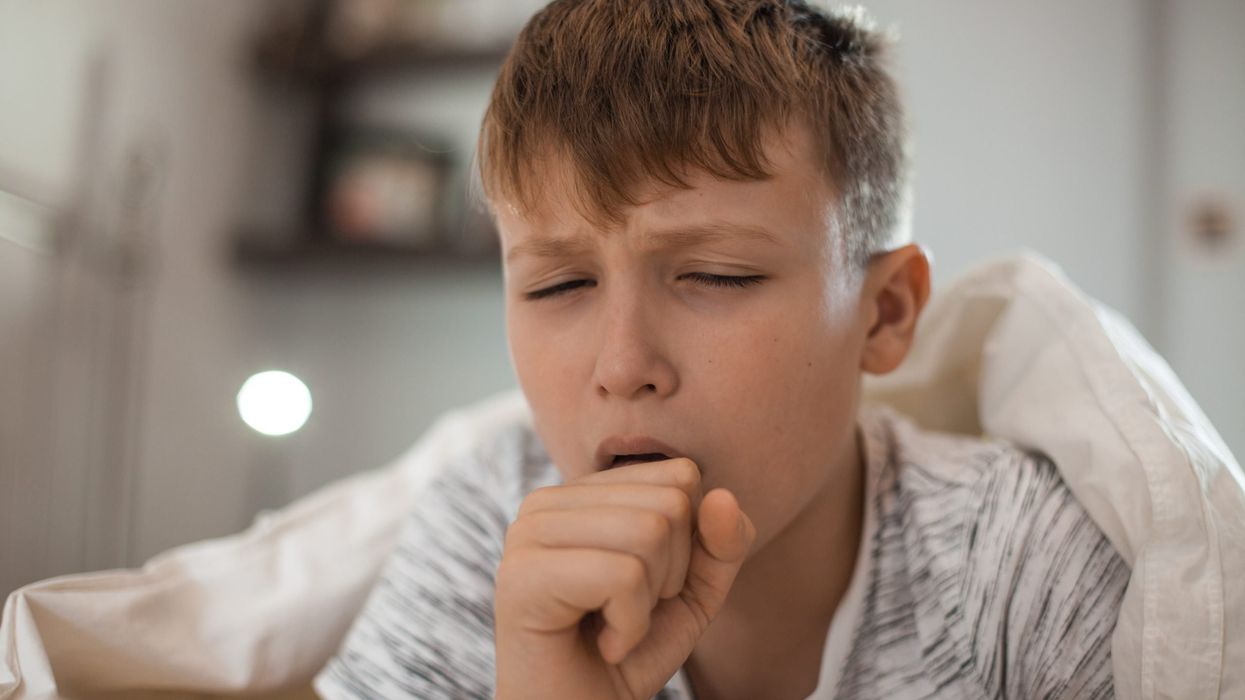Six school children in the UK have died this winter after contracting Strep A as the outbreak of this life-threatening disease continues to spread across Britain.
The Strep A bacteria can be life-threatening and lead to scarlet fever, which was widespread in the Victorian era, the Daily Mail informs.
While one of the Strep A cases was reportedly in Wales, the other five were apparently in England, in west London, Surrey, and Buckinghamshire. Since not all the victims have been named, some of the locations are not known.
Also, there is apparently no suggestion that the six deaths are related in any way.
Here is all you need to know about the Strep A bacteria or killer bug sweeping Britain.
Strep A, medically known as Group A Streptococcus or Group A Strep, are bacteria that can cause a range of infections. These infections include strep throat, tonsillitis, and impetigo which is a skin infection. Strep A can also cause scarlet fever.
The bacteria which can sometimes cause no symptoms are usually found in the throat, skin, and respiratory tract of those who have been infected.
And though most Strep A infections are relatively mild, if left untreated it can sometimes lead to rheumatic fever which is potentially life-threatening.
Invasive Group A Streptococcal disease
In exceptionally rare cases, the bacteria can cause a deadly illness called invasive Group A Streptococcal disease (iGAS) or when the bacteria penetrates deep into the body. Meaning it reaches the blood, deep muscle, or lungs.
Though rare, two of the most severe, forms of invasive disease are necrotising fasciitis and streptococcal toxic shock syndrome.
Necrotising fasciitis can occur if a wound gets infected and streptococcal toxic shock syndrome is a rapidly progressing infection that causes low blood pressure/shock and damage to the organs such as the lungs, liver, and kidneys.
The death rate for this type of toxic shock is high.
Symptoms
Strep A may cause a lot of different serious illnesses, but this infection begins with a few typical symptoms including a rash, sore throat, muscle aches, flushed cheeks, high fever, an ear infection, tiredness, and sores on the skin.
Impetigo, a skin infection caused by the bacteria starts with red sores or blisters which go on to burst, leaving crusty, golden patches. This infection can be treated with antibiotics.
The symptoms of scarlet fever are often flu-like, including a sore throat, high temperature, and swollen neck glands.
Also, a rash reportedly appears 12 to 48 hours later – this starts on the chest and stomach and then spreads.
A white coating also reportedly appears on the tongue which peels, leaving the tongue red, swollen, and covered in little bumps (often called “strawberry tongue”).
Signs of necrotising fasciitis include a high fever, severe pain and swelling, and redness at the wound site.
The early signs and symptoms of toxic shock include fever, dizziness, confusion, low blood pressure, rash, and abdominal pain.
Risk factors
According to the NHS, the symptoms of Step A should last for a week. However, it is recommended to see a GP or call 111 if the sore throat does not improve after a week, or if there is a high temperature, with a hot and shivery feeling.
Some people may not have any symptoms of the infection but can be carriers of the bug and can thereby pass it on. After being exposed to the bacteria, it reportedly usually takes two to five days to become ill.
Strep A infection is more common in those between the ages of five and 15. Adults over the age of 65 are particularly susceptible to the bacteria too.
Also, those with weakened immune systems can have a higher chance of being infected, including people with HIV, AIDS, or cancer, or someone who has had an organ transplant.
People are also at a higher risk of contracting Strep A if they are in contact with anyone who is infected.
Treatment
Scarlet fever and impetigo are treated with antibiotics and after a full 24 hours of antibiotics, people are generally thought to get rid of the infection and no longer be contagious.
However, experts advise that anyone thought to have invasive Group A Streptococcal disease should seek medical help immediately.
Besides antibiotics, other drugs and intensive medical attention are likely to be needed to treat this infection. Moreover, currently, there is no vaccine available for Strep A.
Though historically, scarlet fever killed about 20% of the people it infected. The death rate currently is less than 1%.
However, since in some cases, it can be life-threatening, severe forms of Strep A usually need to be treated in a hospital.
Prevention
Masks may act as a barrier against infection, as with other bugs that spread through cough droplets and sneezes. But apparently, masks are not effective in preventing infection through other channels, such as skin-to-skin contact.
Also, unlike for Covid, masks are not a foolproof way of stopping transmission of the Strep A bug.
The bug can spread through sneezing, cough droplets, talking, and contact with infected skin lesions.
Moreover, bacteria can be passed from person to person by close contact such as skin contact or kissing.
Also though rarely, Strep A bacteria is also transmissible through food that has not been handled properly.
The bacteria is also more likely to spread in places that are crowded such as schools, nurseries, or in households if someone in the home is infected.
Experts advise those with impetigo skin sores caused by Strep A bacteria not to share with others their flannels, sheets, or towels.
To prevent the spread of the infection, toys should also be washed or cleaned.
Additionally, the illness can be prevented from being passed on if people wash their hands frequently and cough into a tissue rather than into their hands.
Are lockdowns to blame?
Some experts believe the lockdowns implemented during the Covid pandemic may be to blame for the spike in Strep A cases.
This is because constant lockdowns, washing of hands, wearing masks and the closing of schools in 2020 and early 2021 reportedly limited Britons' exposure to seasonal pathogens they normally would have caught.
When it comes to young children, this means they missed perhaps their first-ever exposure to these diseases, resulting in weaker immune systems.













